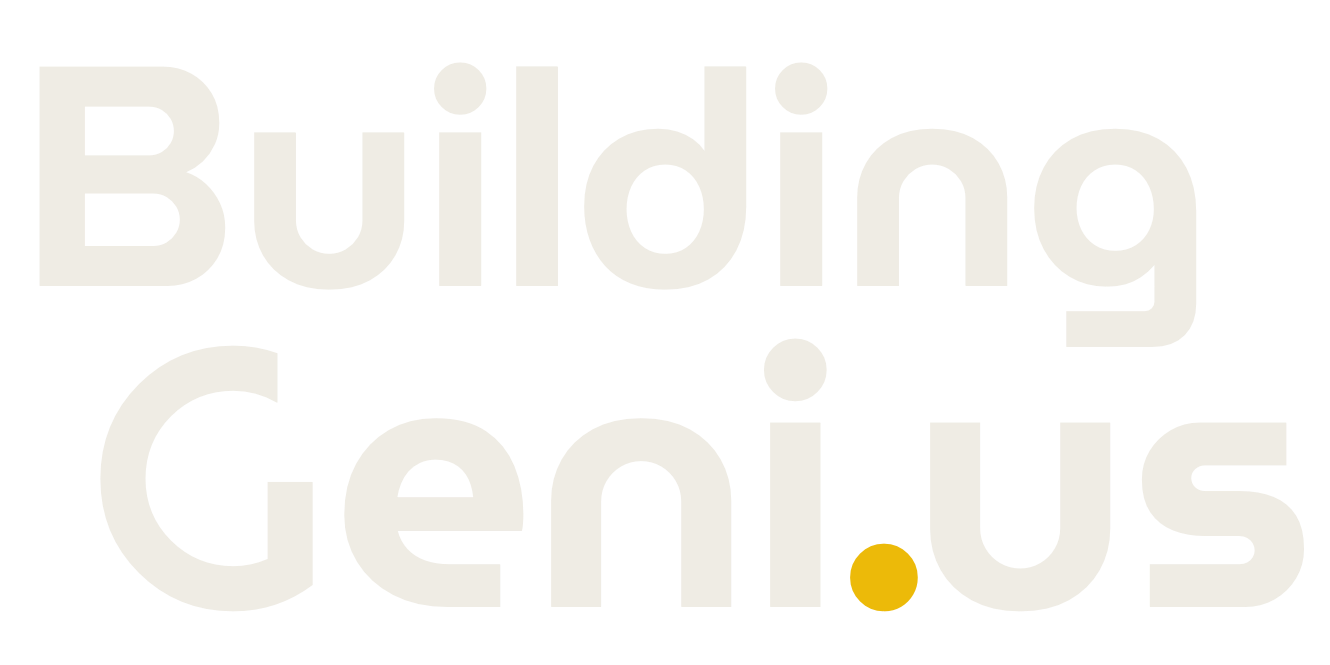I recently went to two events, a LEED for Homes Rater Training in Chicago and a Passive House California conference in Palo Alto. These separate events reinforced two things that I had lost focus of in the day-to-day business of being an energy and sustainability consultant. The first is that California is so far ahead of the pack when it comes to sustainable building. So much of what people in other parts of the country struggle with is already codified in California. At the LEED training it was interesting to learn about the particular challenges people from other parts of the country face when trying to implement and raise awareness of sustainable building practices. I am thankful that the state and local governments and popular opinion here on the west coast have done a lot of the heavy lifting. It allows me to concentrate on helping my clients take things to the next level and look at integrating ideas and truly pushing the envelope. The stick and carrot approach has served us well here and I hope other regions will look to California for ideas.
The second reminder was that, as far as we have come in California, we have so much further to go and not much time to get there. The Passive House California conference opened with a speaker from the Intergovernmental Panel on Climate Change, Diana Urge-Vorsatz, who gave an update on the trajectory of climate change and the achievable end points given different levels of global effort. Bottom line is that some irreversible damage has already been done and the world needs to make a hard left turn--pretty much now--to keep things from going completely off the rails. So I will be redoubling my efforts to help our clients push well beyond our leading edge code. Half measures and incremental improvements are not sufficient. The buildings we are designing, building, and remodeling will be operating for the next 50-100yrs from the baseline we are locking in today. We need to make that baseline as low as possible for both energy and water consumption. If I had to distill it down to one main target, it would be to design buildings that do not require air conditioning to keep people comfortable and safe, and be so confident in your design that you don’t install that AC “just in case”. This is easily and elegantly achievable with a focused effort and savvy design team.
I am sitting on the edge of my seat to see what comes from the 2015 United Nations Climate Change Conference that begins on November 30th in Paris. I wish the people and city of Paris, and all of the world leaders at the conference, courage and resilience in the face of multiple global crises.





























